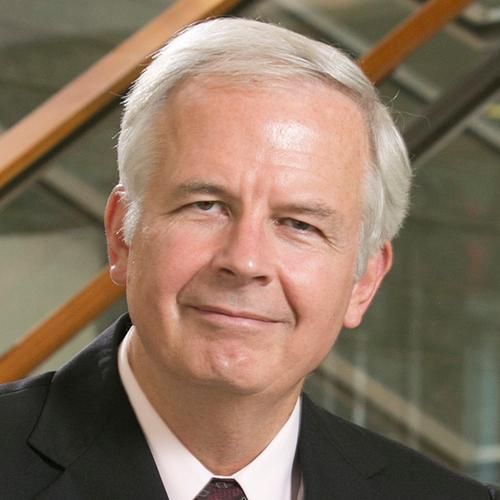
Total internal reflection microscopy and atomic force microscopy (TIRFM-AFM) to study stress transduction mechanisms in endothelial cells.
The cytoskeleton plays a key role in providing strength and structure to the cell. A force balance exists between the cytoskeleton and the extracellular matrix/substratum via the focal contact regions. The purpose of this study is to integrate atomic force microscopy (AFM) and total internal reflection fluorescence microscopy (TIRFM) data to determine the effect of localized force application over the cell surface on the cell's focal contacts size and position. TIRFM gives detailed information on the cell-substrate contact regions and AFM is a tool for elasticity measurements, force application, and topographic surface mapping of the cell. TIRFM data were calibrated by varying the intensity of the evanescent wave to change the interfacial angle at the glass-cell interface. The individual focal contact intensity was found to decrease with increasing interfacial angles from 66 degrees to 80 degrees as the depth of penetration varied from 150 to 66 nm. A measure of cellular mechanical properties was obtained by collecting a set of force curves over the entire cell using the Bioscope AFM. The nuclear region appears to be stiffer than the cell body. Preliminary results of the nanonewtons force application to the cell surface indicate that the cell-substrate contacts rearrange to offset the force. It is evident that the stress applied to the surface is transmitted to the cell-substrate contact region.
Duke Scholars
Published In
DOI
EISSN
ISSN
Publication Date
Volume
Issue
Start / End Page
Related Subject Headings
- Stress, Mechanical
- Signal Transduction
- Microscopy, Fluorescence
- Microscopy, Atomic Force
- Humans
- Endothelium, Vascular
- Cell Line
- Biomedical Engineering
- Adaptation, Physiological
- 4003 Biomedical engineering
Citation

Published In
DOI
EISSN
ISSN
Publication Date
Volume
Issue
Start / End Page
Related Subject Headings
- Stress, Mechanical
- Signal Transduction
- Microscopy, Fluorescence
- Microscopy, Atomic Force
- Humans
- Endothelium, Vascular
- Cell Line
- Biomedical Engineering
- Adaptation, Physiological
- 4003 Biomedical engineering


